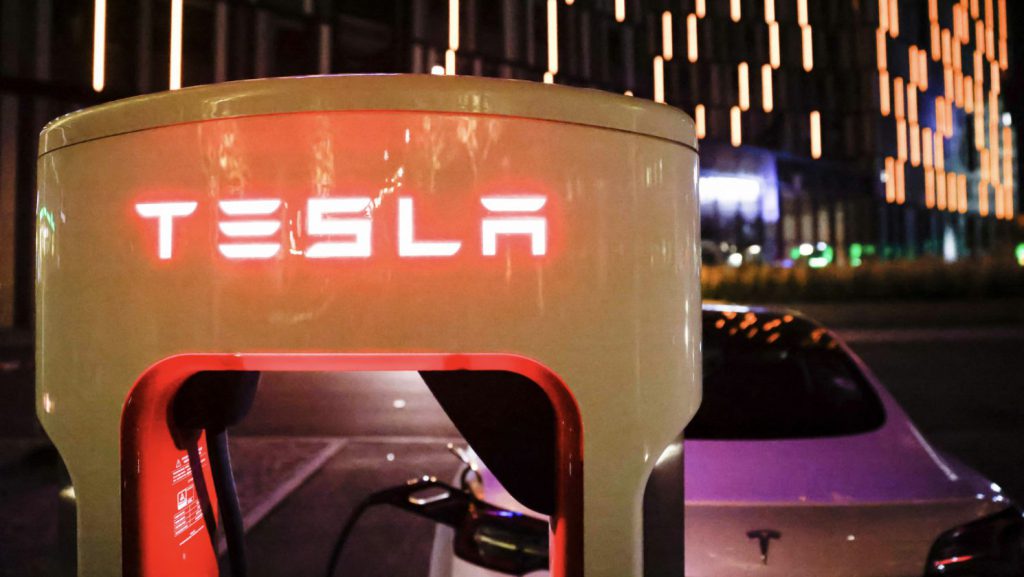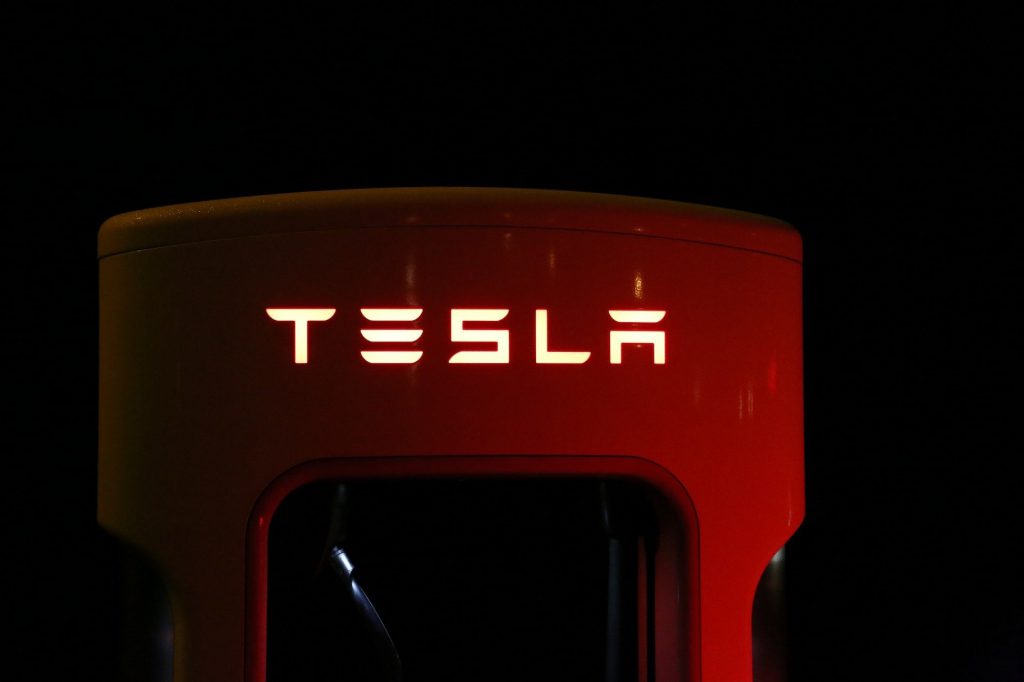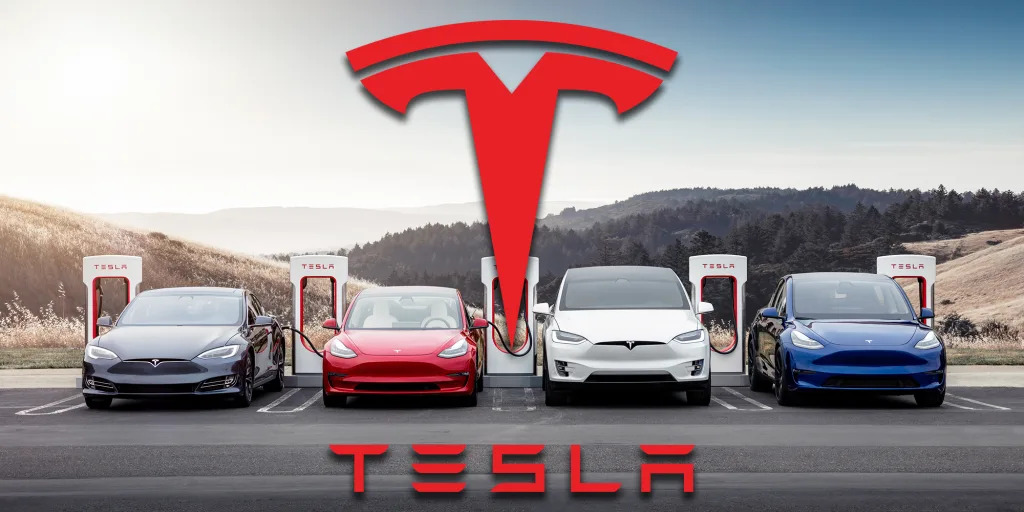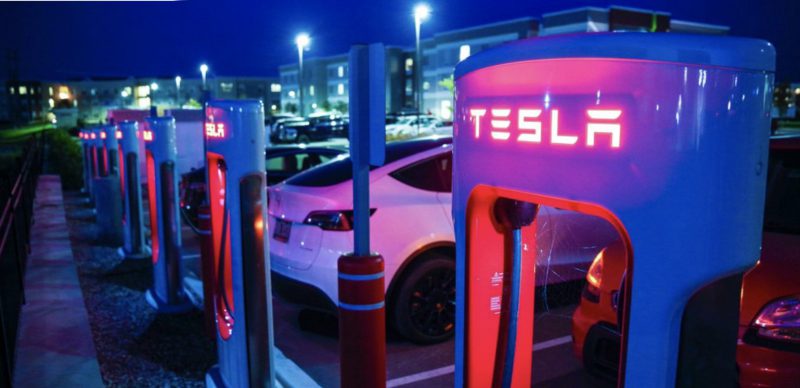How Much Does It Really Cost to Charge a Tesla? Let’s break it down.
Electric cars have been around for years, but it wasn’t until Tesla entered the market that they truly became mainstream.
With sleek designs, cutting-edge technology, and an impressive range, Tesla has become the go-to brand for electric vehicle enthusiasts.
But one question that comes up repeatedly is, “How much does it cost to charge a Tesla?”
In this article, we’ll break down the factors that affect the cost of charging a Tesla, compare the cost of charging at home vs. using public charging stations, and provide tips for saving money while charging your Tesla.


Introduction to the Cost of Charging a Tesla
Before we dive into the specifics, let’s start with the basics. The cost of charging a Tesla depends on several factors, including the battery capacity, the miles of range you want to add, and the cost of electricity in your area.
Additionally, the cost can vary depending on whether you’re charging at home or using a public charging station. While charging at home is generally less expensive, using public charging stations can be more convenient, especially on long road trips.
Factors That Affect the Cost of Charging a Tesla
As mentioned earlier, several factors can affect the cost of a Tesla’s charging.
One of the most significant is the battery capacity. The larger the battery, the more expensive it will be to charge. The number of miles of range you want to add will also impact the cost. The more miles you want to add, the more expensive it will be.
Another factor to consider is the cost of electricity in your area. Electricity rates can vary widely depending on where you live, so it’s essential to check with your utility company to see what they charge per kilowatt-hour (kWh).
Finally, the type of charging station you use can also affect the cost. Tesla Superchargers, for example, are typically more expensive than other charging networks.
Charging at Home vs. Using Public Charging Stations
One of the benefits of owning a Tesla is the ability to charge it at home.


Not only is it more convenient, but it’s usually less expensive than using public charging stations. The cost of electricity at home is typically lower than the cost of using a public charging station, and you don’t have to pay any additional fees or memberships.
However, using public charging stations may be more convenient if you’re on a long road trip. Tesla has its Supercharger network, which is specifically designed for long-distance travel and can charge your vehicle quickly.
Other charging networks, such as Electrify America and ChargePoint, also offer fast charging options, but the cost may vary.
Cost of Charging a Tesla Model S, Model X, Model 3, and Model Y
The cost of charging a Tesla Model S, Model X, Model 3, or Model Y can vary depending on the model and battery capacity. The larger battery capacity of the Model S and Model X means they will be more expensive to charge than the Model 3 and Model Y. The cost can also vary based on the number of miles of range you want to add.
According to Tesla’s website, the cost to fully charge a Model S or Model X ranges from $16.47 to $17.97, depending on the battery capacity.
For the Model 3 and Model Y, the cost to fully charge ranges from $10.49 to $19.99. However, these costs can vary based on the cost of electricity in your area.
Additionally, the type of charger used can affect the cost and charging time, with Level 2 chargers being faster than Level 1 chargers. It’s recommended to install a Level 2 charger at home for faster charging.
Tesla’s different charging networks
As we mentioned earlier, the cost of using different charging networks can vary.
Different options for charging your Tesla are available, including the Tesla Supercharger network, Electrify America, and ChargePoint.
Tesla’s Supercharger network is relatively expensive, with rates ranging from 0.36 per kWh. Electrify America and ChargePoint, on the other hand, have lower rates, ranging from 0.30 per kWh. However, it’s important to note that the actual rates may vary depending on the location and time of day.
Therefore, checking current rates before choosing a charging option is always a good idea.
National Average Cost to Charge an Electric Vehicle


According to the US Department of Energy, the national average cost to charge an electric vehicle is 0.37 per kWh, while in Washington state, it can be as low as $0.09 per kWh.
Calculating the Cost to Charge Your Tesla Fully
To calculate the cost of fully charging your Tesla, you need to determine your area’s battery capacity and electricity rates.
For instance, let’s take the Model 3 as an example. Tesla’s official website states that the Long Range Model 3 has a battery capacity of 75 kWh. Using an electricity rate of $0.1372 per kWh, charging a Model 3 fully would cost approximately $10.50.
However, charging times and costs may vary depending on the charging method and location, so it is important to check the current rates before choosing a charging option.
Tesla offers four options for charging, including superchargers, Tesla destination chargers, public Level 2 chargers, and home charging using the Tesla Universal Charging Connector (UMC). The cost of using a supercharger can range from $0.25 to over $0.50 per kWh, depending on the charging station’s location.
Cost per mile for Tesla owners
Calculating the cost per mile is another way to look at the cost of charging a Tesla. Let’s use the same example as before: a long-range Model 3 and a cost of 0.035 per mile to drive your Model 3.
Tips for Saving Money While Charging Your Tesla
While charging your Tesla is generally less expensive than filling up a gas-powered car, there are still ways to save money. One way is to take advantage of off-peak electricity rates.
Many utility companies offer lower rates during certain times of the day, so it’s worth checking to see if you can save money by charging your Tesla during those times.
Another way to save money is to use public charging stations strategically. Some charging stations offer free charging, while others offer lower rates during certain times of the day. Using these stations can help you save money on your overall charging costs.
Charging Your Tesla on Road Trips
Charging your Tesla can be a bit more complicated if you’re planning a long road trip. However, Tesla has made it as easy as possible with its Supercharger network. The superchargers are strategically placed along major highways, so you can easily plan your route and know where to stop to charge your vehicle.
Conclusion
So, is it expensive to charge a Tesla? The answer is that it depends.
The cost can vary depending on several factors, including the battery capacity, miles of range, cost of electricity, and type of charging station you use. Charging a Tesla is generally less expensive than filling up a gas-powered car.
Plus, owning a Tesla is more convenient than ever because of the convenience of charging at home and the fast charging options available on long road trips.





